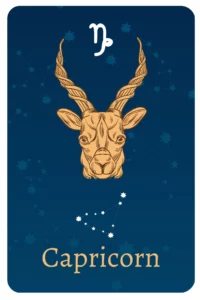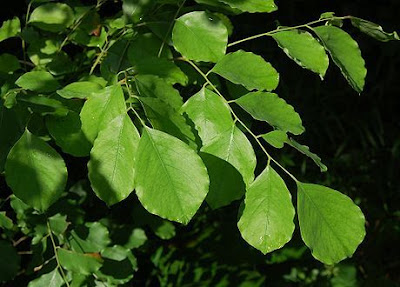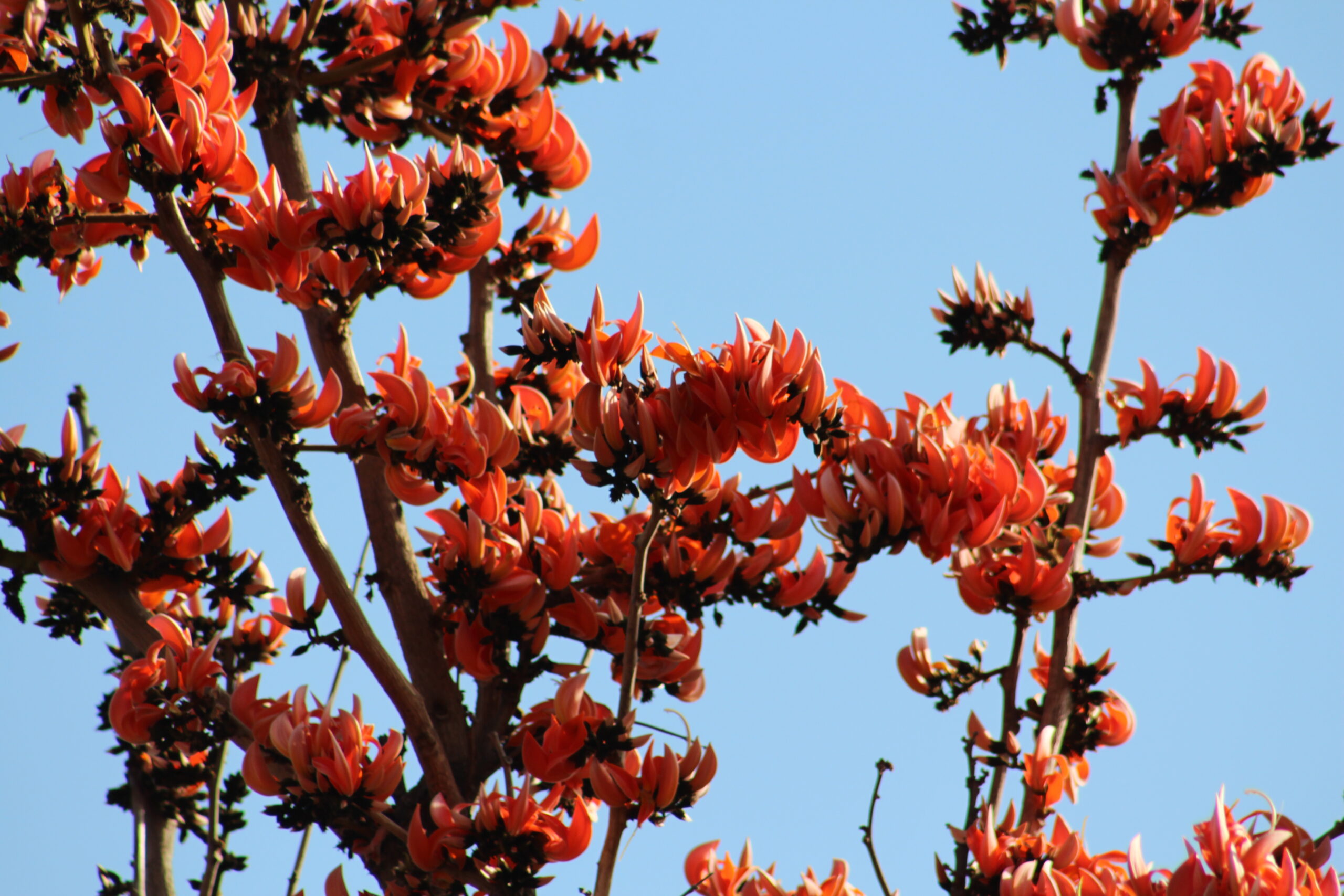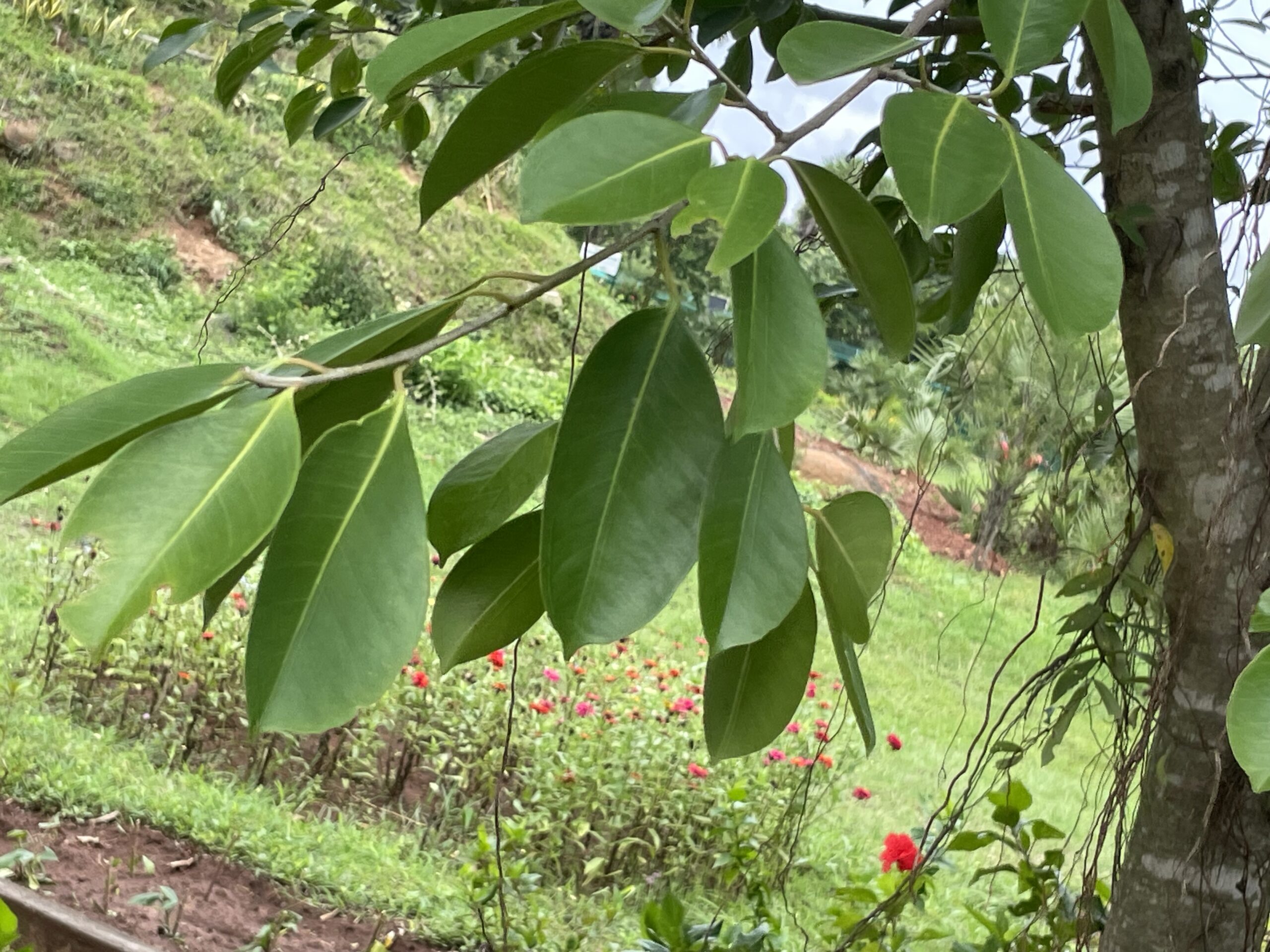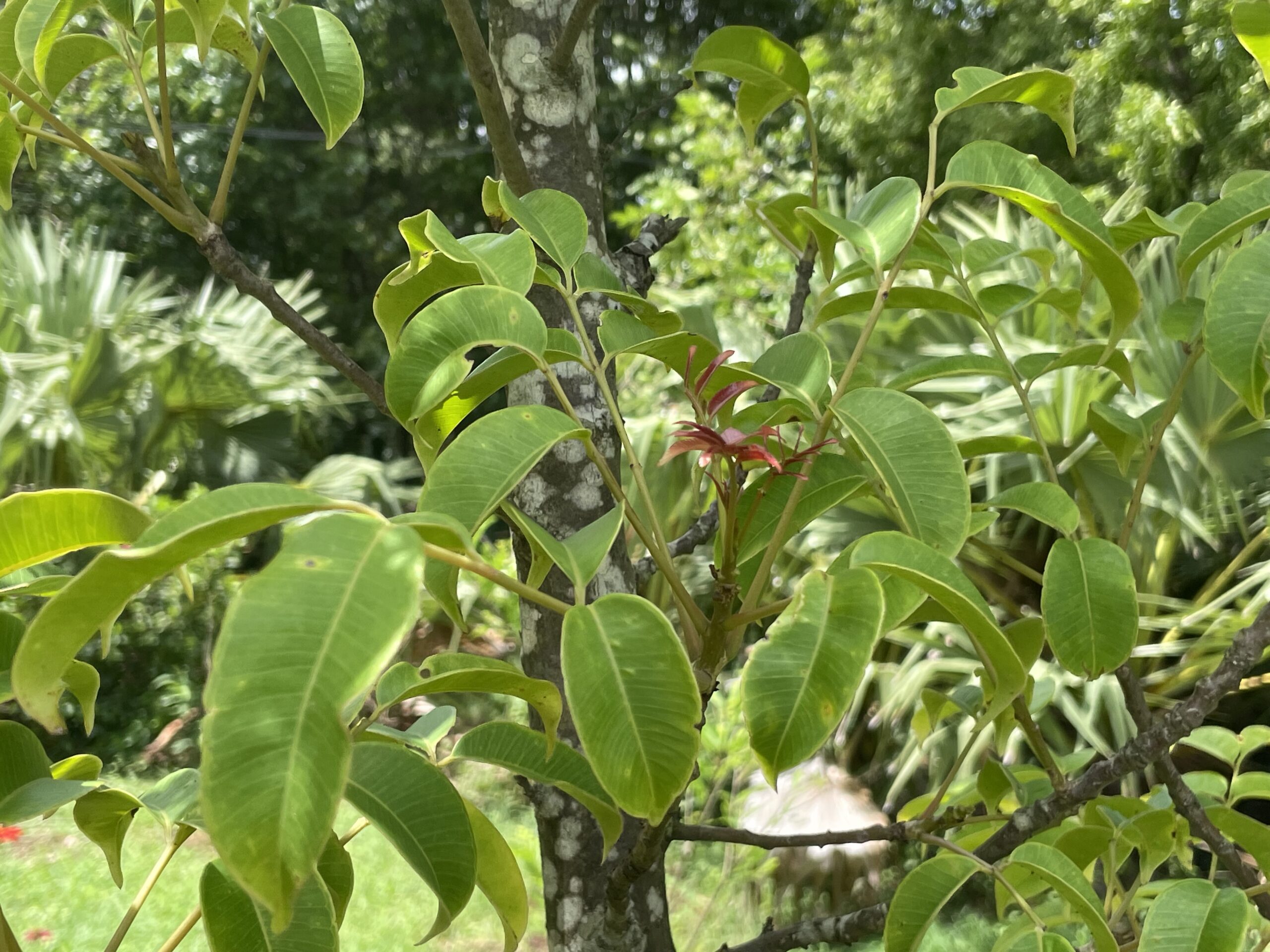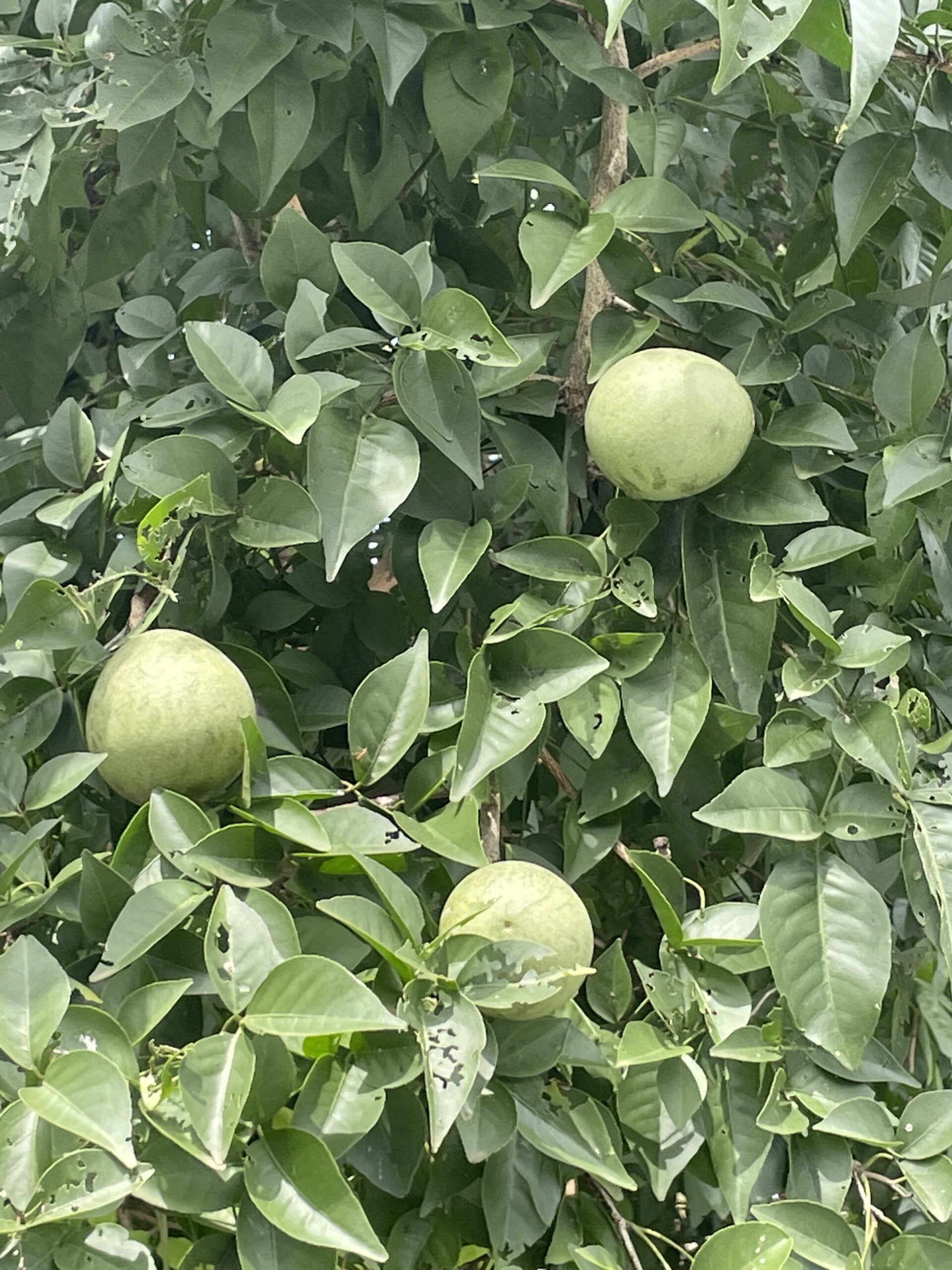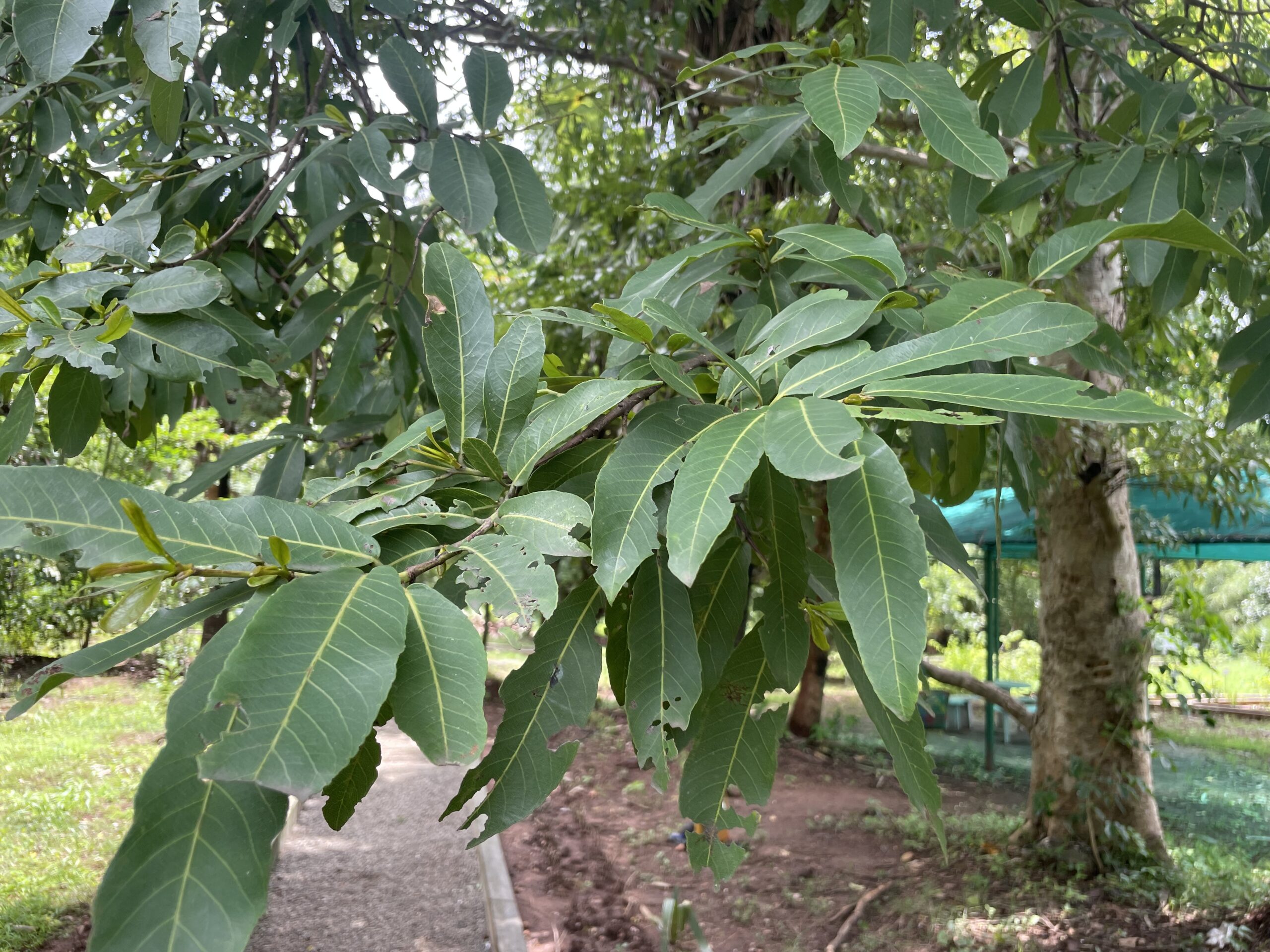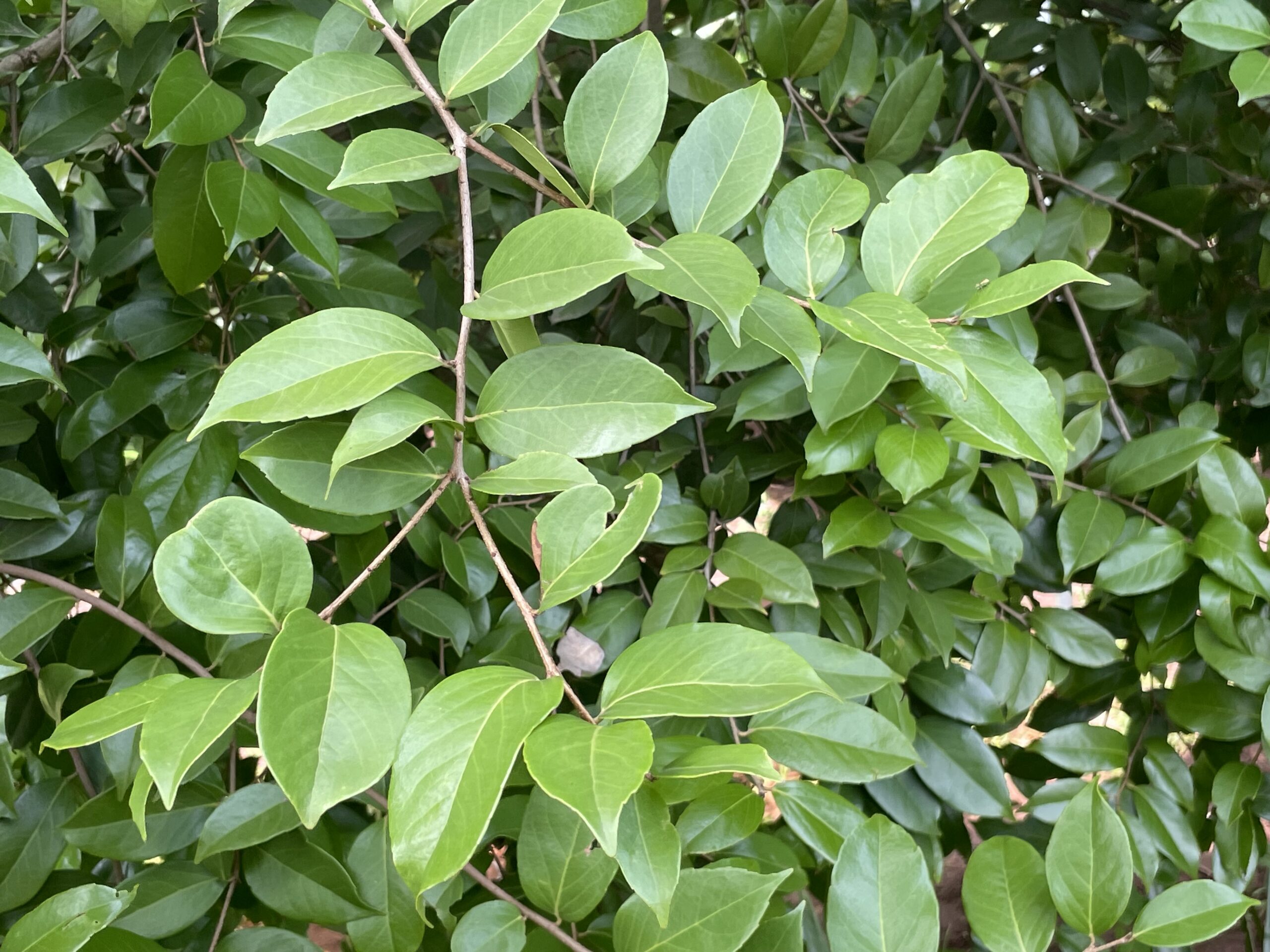Week and Your Plants – January 29 to February 04
Zodiac sign : Capricorn / Makaram
Dalbergia latifolia / Veetty
These are the plants grown in dry and moist deciduous forests, It is grown as a plantation wood in both India and Java, often in dense, single species groves, to produce its highly desirable long straight bore. Wood from the tree is used in premium furniture making and cabinetry, guitar bodies and fretboards, exotic veneers, carvings, boats, skis, and for reforestation.
January 29, Monday : Pooram : Butea monosperma (പ്ലാശ്) -– Fabaceae
It is medium-sized, slow-growing, deciduous multipurpose tree. The leaves are three foliate with bright orange red flowers. The tree has a wide range of medicinal and other uses. It is also used in spiritual functions. Due to the abundant flowers it is popular as flame of the forest and often planted as ornamental. The flowers yield dye for festivals like Holi. Its seeds are anthelmintic, antifungal, antibacterial and purgative properties. The tree is known to be a host for lac insect. It is small to medium-sized, slow-growing, deciduous tree. The leaves are trilobed with bright orange flowers. It is a typical multipurpose tree, with a wide range of medicinal and other uses. It is worshipped as sacred by the Hindus and often planted as ornamental. The tree is planted as a forestry species. The flowers are used for the preparation of a yellow dye.
January 30, Tuesday : Uthram : Ficus microcarpa (ഇത്തി) – Moraceae
Often called as Chinese banyan, usually epiphytic, is an evergreen, small or medium-sized banyan tree with a dense, spreading crown. Leaves simple, latex milkythick and shiny. It is harvested for local use as a medicine andas a source of fibre, latex and wood. The root, bark and leaf latex are used medicinally to treat wounds, headache and toothache. Often planted as a garden tree.
January 31, Wednesday : Atham : Spondias pinnata (അമ്പഴം )- Anacardiaceae
It is a deciduous tree. fruits, leaves and flowers are edible. It is also sometimes cultivated in home gardens for its fruit. It is medicinal too. The bark is recommended in the treatment of stomach aches and dysentery.
February 01, Thursday : Chithira : Aegle marmelos (കൂവളം) - Rutaceae
It is a slow-growing deciduous shrub or tree. The tree is armed with spines. Considered a sacred tree in the Hindu culture, the leaves are indispensable offerings to the Lord Shiva. The tree is commonly grown in the premises of temples. The fruit is used to make a very refreshing drink. The fruits, leaves, twigs and root are used medicinally. It is one of the ingredients in Dasamoola.
February 02, Friday : Chothi : Terminalia arjuna (നീർമരുത്) - Combretaceae
It is a very large deciduous tree. A very important medicinal plant in India, where it has been employed in medicine for at least 3,000 years. The tree is also exploited in the wild for its timber and tannin-rich bark. An important source of timber in India.
February 03, Saturday : Visakham : Flacourtia jangomas (വയ്യങ്കത)- Salicaceae
It is a small, spiny, evergreen tree that branches from very low down on the bole. The plant is cultivated for its edible fruit. The roots, leaves and bark all contain tannins and are used in the treatment of diarrhoea.


